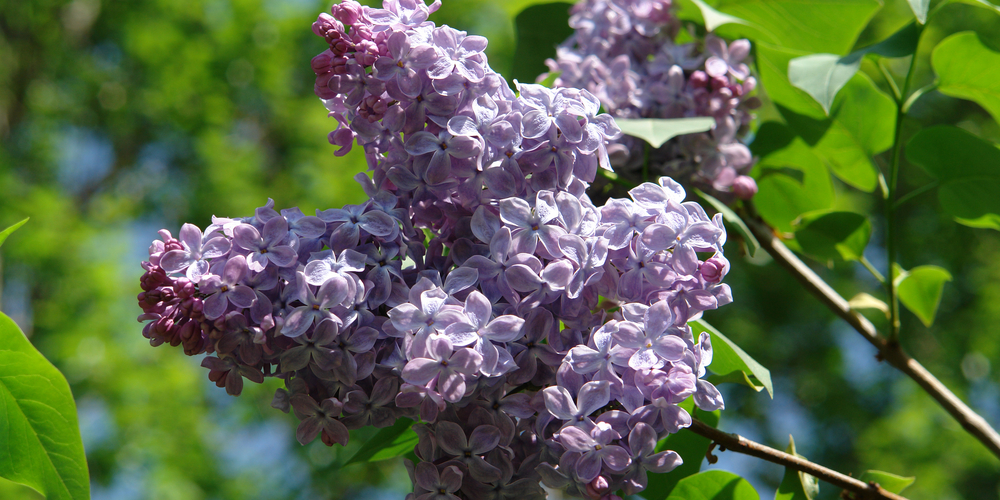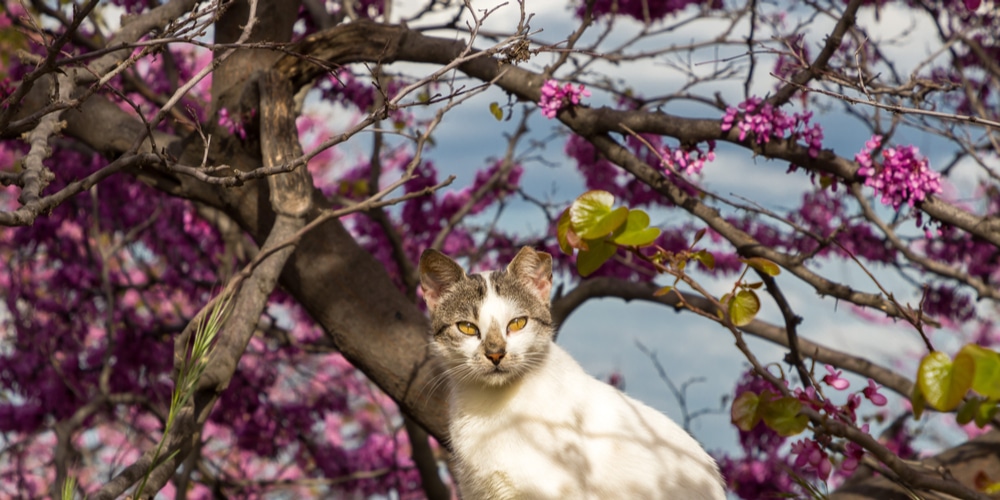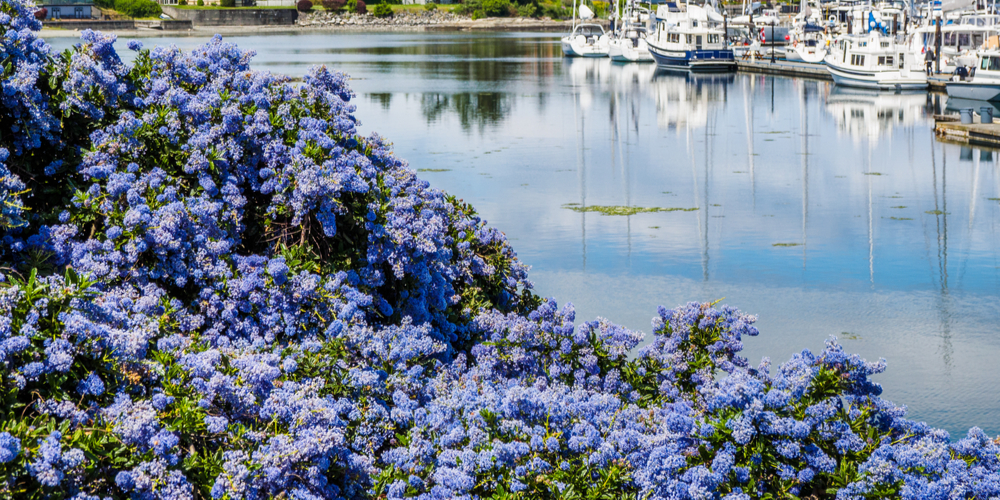Lilacs are best known for their large and fragrant flowers that emerge in spring, and how they seemingly come back year after year to bring gardeners joy. If you live in an area where soil is mostly made up of clay, will you still be able to grow lilac plants?
It’s certainly possible to grow lilacs in your yard or garden even with predominant clay soil. You’ll need to do a bit of work though to ensure your lilacs survive after being planted.
When to Plant Lilacs?

The earliest time to plant lilacs is after all dangers of frost have passed in spring. You can wait until fall, which is actually the preferred time for those who have experience growing the plant.
Lilac flowers are big, showy and produce enchanting fragrances, but the clusters only stay around for a week or so. Still, this shouldn’t discourage you from putting them in your garden or yard because you’ll benefit from their toughness and ability to survive a wide variety of conditions.
What is the Best Soil Type for Lilacs?
Although it’s largely believed that the lilac plant survives anything, having its roots sit too long in water or moisture will make it weak, sickly and susceptible to disease.
Lilacs are hardy shrubs that can tolerate full sunlight and neglect. Most gardeners will be delighted to find that their plants will be unchanged, e.g., still healthy and growing even if they miss a watering or two. However, heavy soil that’s made up of heavy clay is a no-no for them.
Almost all species of lilac love having fertile, well-draining soil that can retain moisture and nutrients. This is the secret to growing them successfully, aside from placing them in the ideal location in your yard.
Specifically, lilac plants will want a neutral or slightly alkaline soil with a pH of somewhere around 7. If you have clay soil, it’s best to amend it with humus, compost or similar organic material for it to be aerated.
Planting Lilacs In Clay Soil
Unfortunately, a lilac shrub sitting in too much water is a recipe for disaster.
It’s also worth noting that lilacs won’t bloom if they’re stressed and are given too much water.
You’ll want to stay on the safe side and hold off on the watering until the top few inches of the soil is completely dry.
How to Plant and Care for Lilacs in Clay Soil
All is not lost if your yard is heavy on the clay side and you want to plant lilacs. You’ll just need to do some additional work to make the medium conducive for the plant’s growth.
The first thing you need to do is determine a sunny spot that gets 6 hours or more of direct sunlight. Lilacs love the sun, and you’ll know if they’re in the right location if you get continuous blooms throughout the growing season.
Transplanting is a matter of digging a hole and setting the plant around 2 to 3 inches deeper than its original soil level. Beforehand, amend clay soil with organic matter such as compost and humus to improve its draining capability.
Once it’s in the hole, fill it with topsoil or humus then water them in. If you want to plant multiple lilacs it’s best to space them anywhere between 5 to 15 feet apart from each other.
Wait for a few days so you can get a feel for your lilac’s health. The more clay soil you have as medium the lesser the watering should be. Also, keep in mind that over fertilizing is not good either- they won’t bloom at all.
Planting Lilacs In Clay Soi: Final thoughts
As mentioned, lilac plants can stand a drought or two and warm weather. You just have to water intermittently and only when the topsoil is dry to the touch.
When watering, it’s best to go deep so all the roots will get moisture. As far as fertilization is concerned, you should only apply if you notice slow growth and only during the spring season.
You can prune your lilac shrubs and remove old canes and dead wood, as well as spent flowers to encourage new ones to grow.
It’s recommended that you don’t remove more than a third of your lilac plant or it will have a difficult time recovering.
Related Article: Are Lilac Deer Resistant?

